Photo by Rodrigo Flores on Unsplash
Did you know that Spain grows its own coffee beans? Yes, it does and has done for many years. Spanish coffee is produced in a small plantation on the Canary Islands.
When you think of coffee, you usually imagine exotic locations in South America or Africa. Coffee plantations are full of colourful red berries with green coffee beans inside. Perhaps you think of Italian macchiato or a strong espresso. We may think of American black filter coffee or even Starbucks.
What we probably don’t think about is the coffee plantations in Europe, Spain. Although it is not common to grow coffee in Europe, Spain were pioneers in being the only European country to grow coffee. However, small Spanish plantations in the Canary Islands is the only place in Europe where coffee is grown.
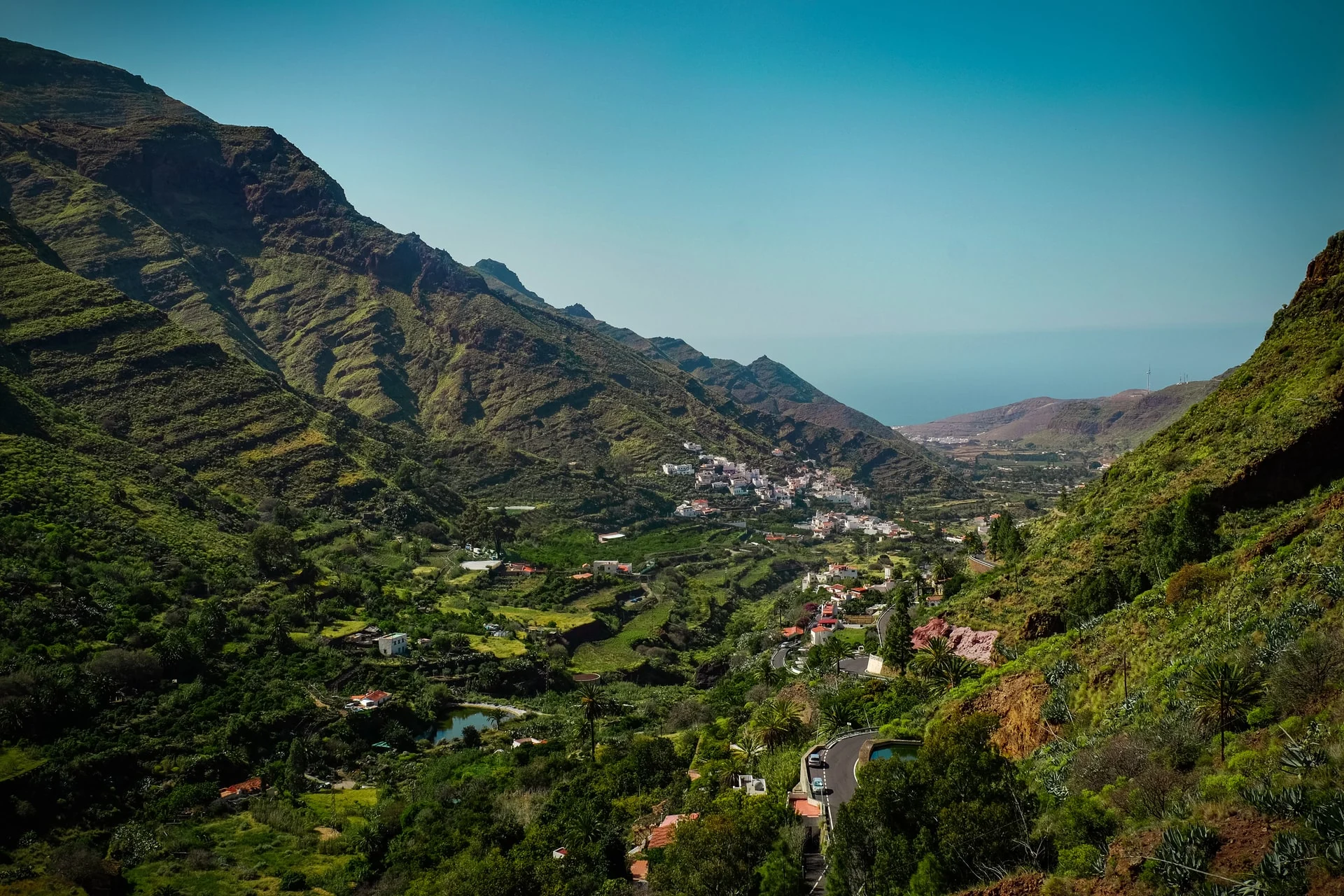
Photo by Joel Rohland on Unsplash
Canary Island Coffee Plantation
Growing coffee requires a lot of effort. It is a crop that is very sensitive to weather conditions and climate. Which is exactly why coffee is usually grown in certain regions. Specifically East Asia, Africa, and South America, as well as the Caribbean islands. So the Canary islands have become an exception. It is the most Northern coffee plantation in the world.
The climate on the island, altitude, and lack of direct sunlight are the ideal conditions that coffee beans need. Though, currently, the production of coffee on the island is not very extensive. They make about 4 to 5 tons of coffee per year, produced by 3,000-4,000 Arabica coffee trees. The coffee plantation on the Canary islands is relatively new. Currently, the plantation owners believe in the possibility to increase the production over following years.
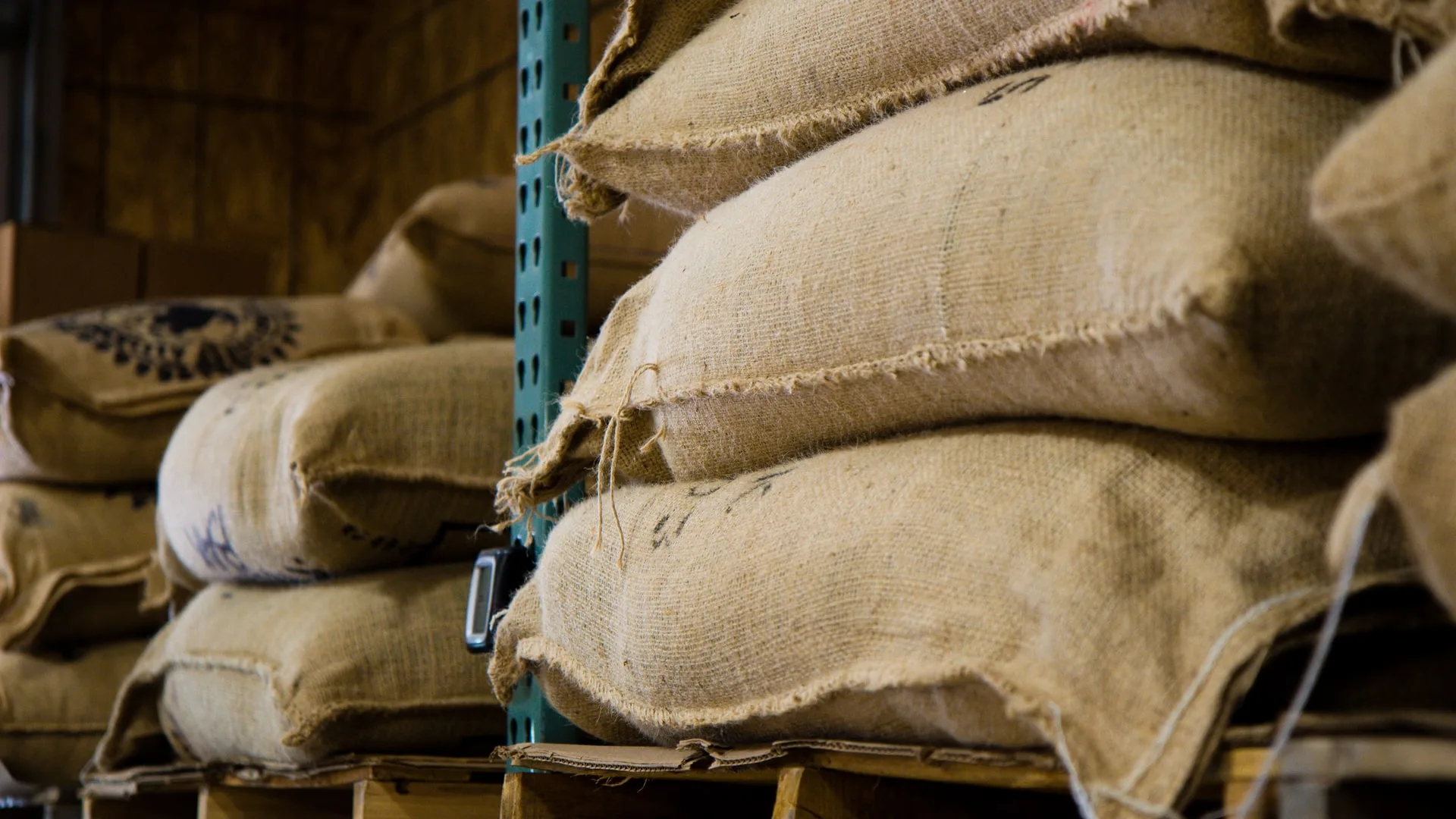
Photo by Caelen Cockrum on Unsplash
Premium Spanish Coffee
In fact they already have other varieties such as Robusta, Geisha and Caturra. Their main priority is quality rather than quantity. Spanish coffee farmers claim that their coffee is a premium blend. Since Spanish coffee production is so limited and exclusive, the price of Spanish Arabica is above average. Currently, their regular pack of coffee of 125 grams costs 10 euros.
The Canaries are a perfect place for growing numerous tropical plants. Coffee is not the only exotic plant that is planted there. Mangoes, avocados, and even papayas among others have also found a home on the islands. These are the major plantations on the islands.
However, the Gran Canaria island also has amazing botanic gardens that grow rare plants from all over the world. The majority of fruit trees, as well as coffee trees, were brought to the Canaries from Cuba back in the 19th century. Yet coffee production on a larger scale only started recently. About 50-60 years ago. So Spanish coffee is a relatively new product in the global market.
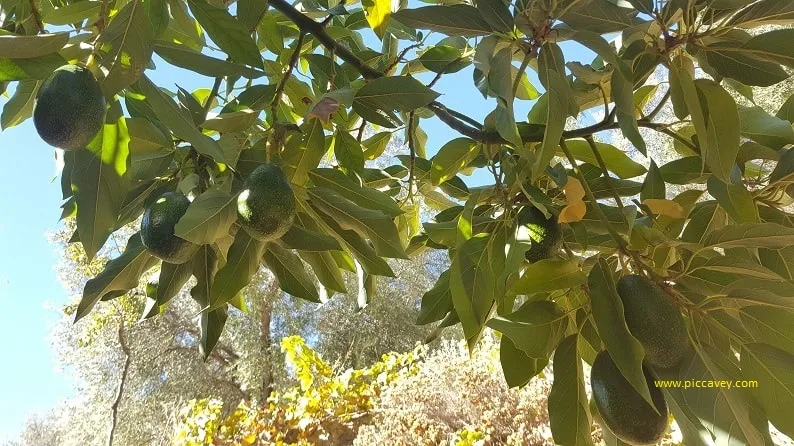
Coffee Harvest
The spring months are the period to harvest the berries. Therefore the climate over late autumn and winter is crucial for the success of the crop. The islands serve as a tourist destination for Europeans. So they can also enjoy the sight of a coffee trees without leaving Europe. The coffee plantations are an increasingly popular activity on Gran Canaria now. They are located in the Northern most part of the Island in the Agate Valley.
The Canary Islands already attract thousands of tourists every year. Their beaches, climate, and beautiful nature are perfect for relaxing vacation all year round. Especially for North Europeans who don’t get much sun throughout the year.
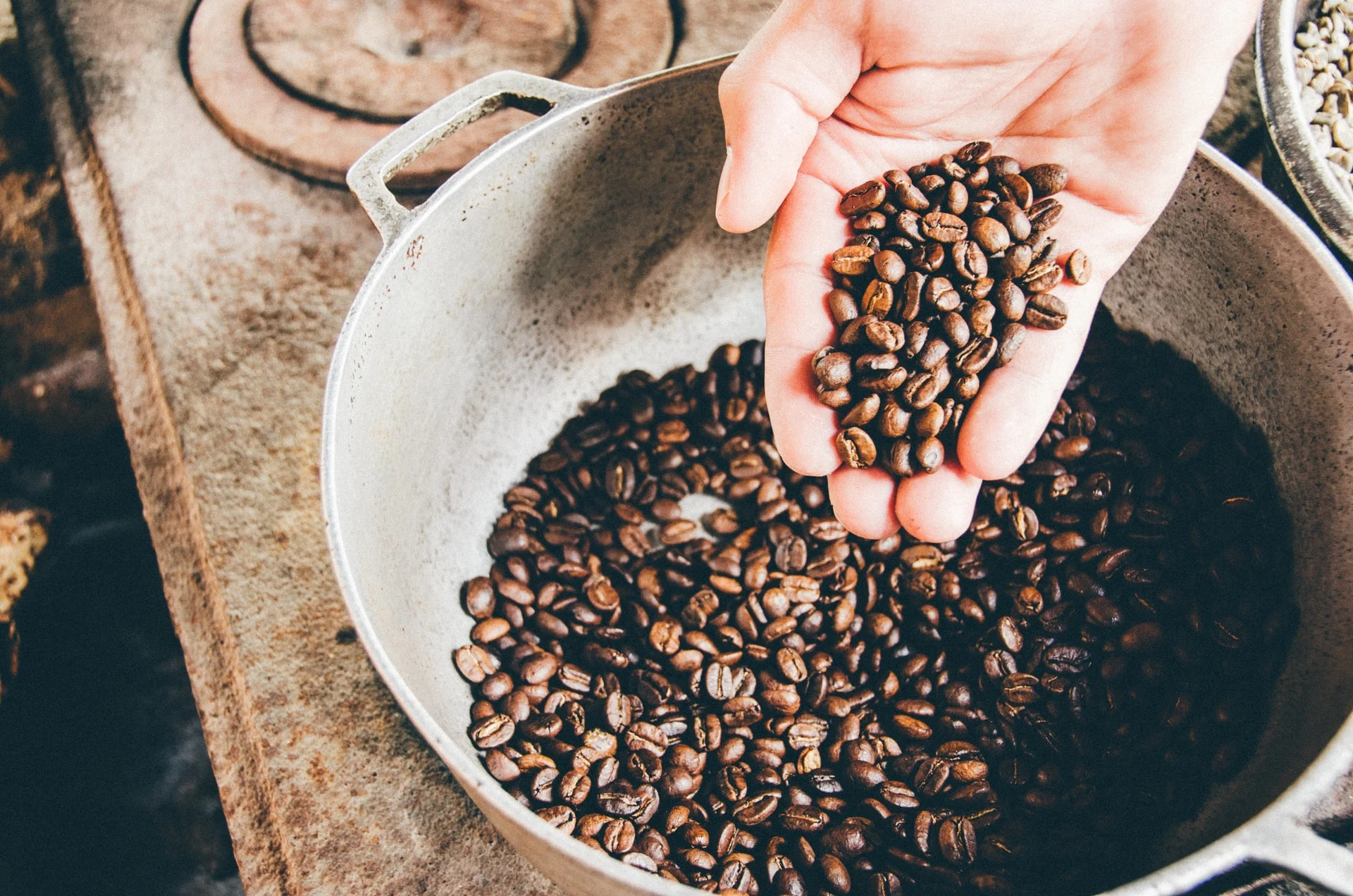
Photo by Milo Miloezger on Unsplash
Production and taste
Visitors to Gran Canaria love to see how coffee is made. It doesn’t really matter whether you prefer Guatemala coffee beans over the beans produced so carefully in Spain. The process of coffee production is pretty similar across the world. Once the beans are harvested, they are roasted and distributed. The biggest game-changer in the process of growing coffee is the climate. Really the difference in weather makes coffee beans unique to the places where they are grown.
A coffee expert can guess the geography of the beans with just a sip of espresso. Noticing a slight difference in humidity, sunlight, altitude above the sea level. All these factors can affect the acidity or bitterness in coffee. Of course, the roasting process play a large role in the coffee taste as well. But as with most ingredients, the raw material must be good in the first place. Experts say that Spanish Arabica has a chocolate aroma and fruity notes.
How you make your cup of coffee has a big effect on the coffee flavour. Methods of brewing can play an essential role in it. You can use standard coffee makers under 50 or have expensive modern coffee machines. The taste will vary a little depending on which you use.
Growing Spanish Coffee on Gran Canaria
Here are more resources about Spanish Coffee.
See this video of the plantation or take a tour yourself when you visit the Canary Islands. To visit the plantation yourself, take this Foodie Outing to Agate + the North of Gran Canaria and experience the most Northern coffee producers in the world.
#tuttofoodworldcommunity
#tuttofood2021

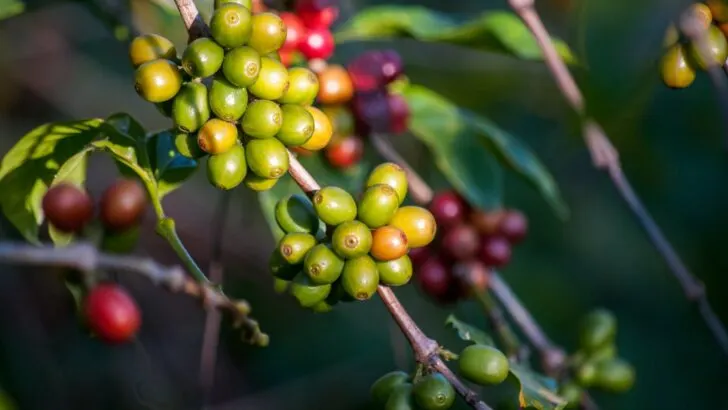




There are various coffee plantations for decades in Azores, that is part of Portugal, and they are more northern than Canary islands (Spain). Google it.
Thankyou Paulo for this information. I´ve not been able to visit the Azores yet myself and didnt know about this plantation. They are indeed more Northern than the one´s in the Canary Islands.